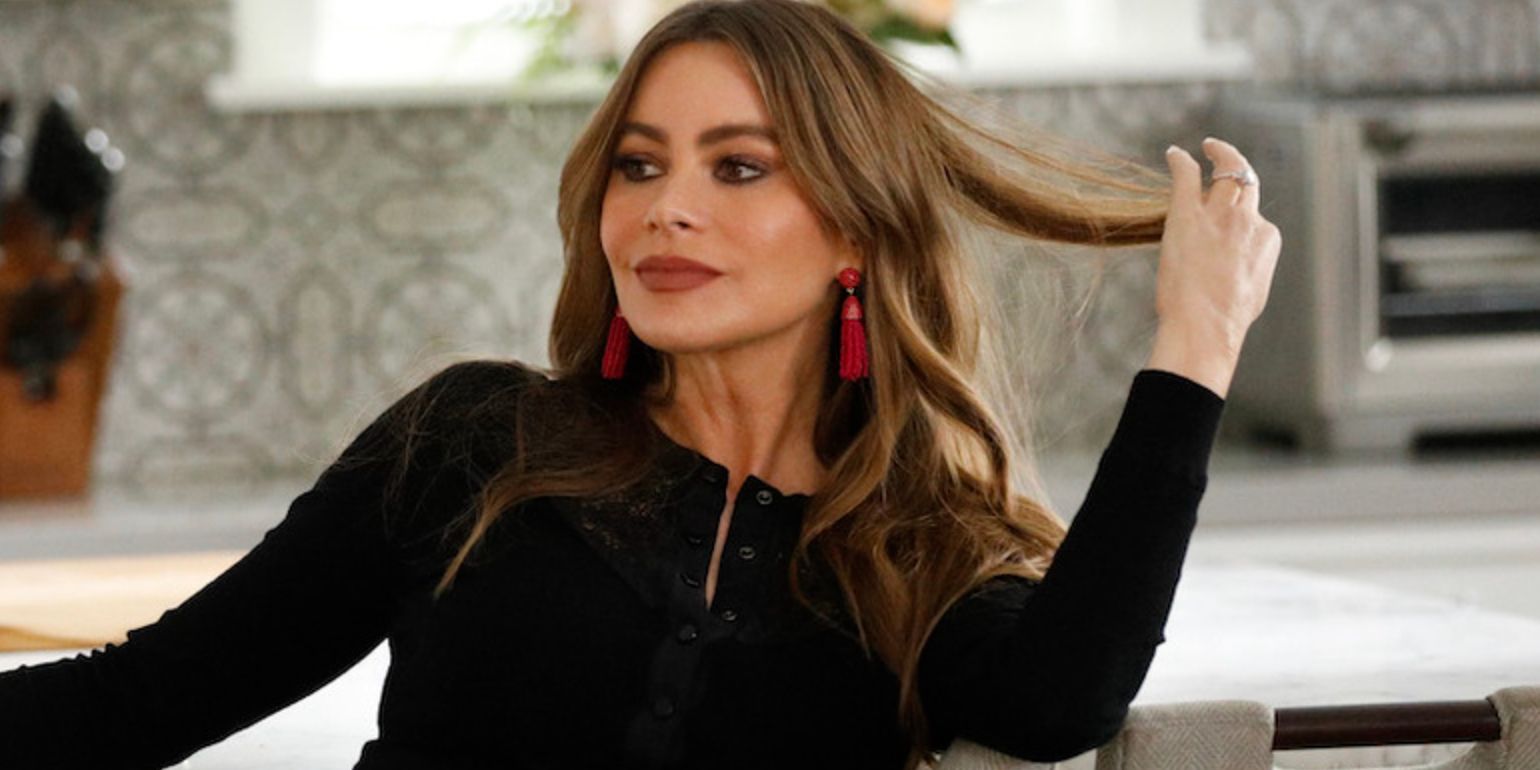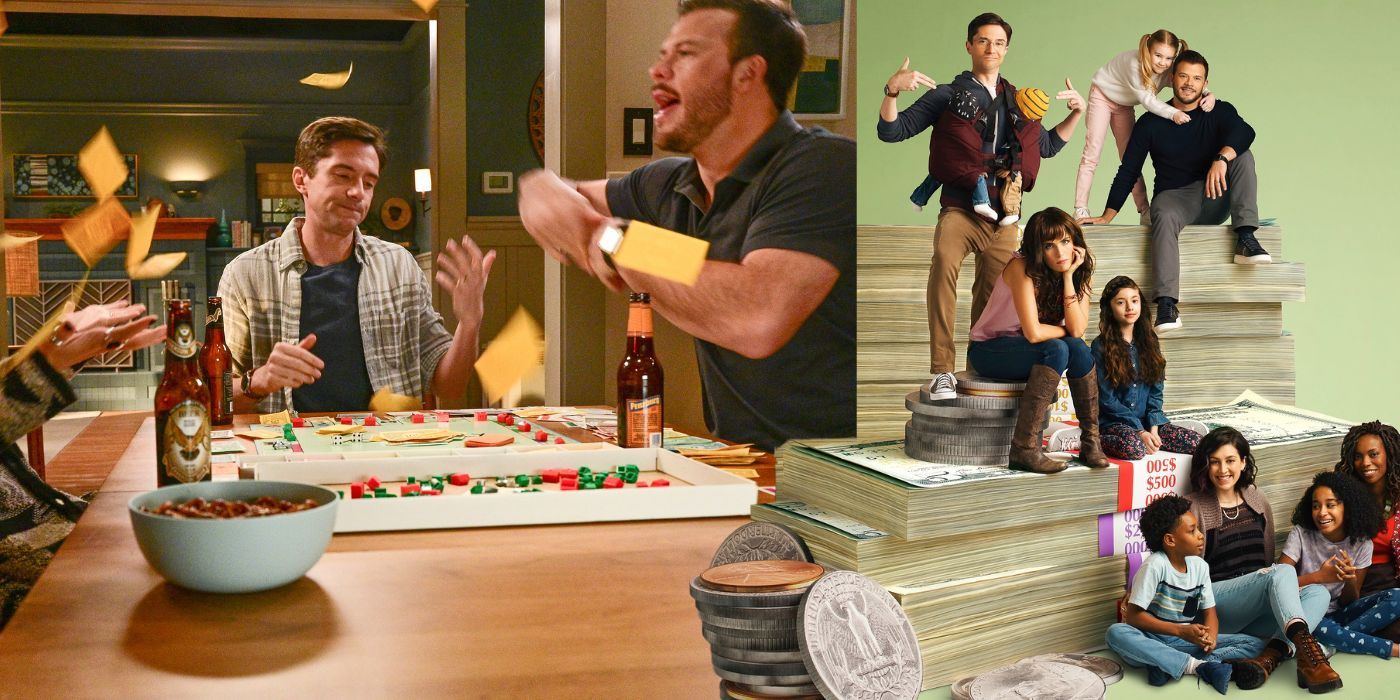Home Economics was a criminally short-lived sitcom that both built on the success of Modern Family‘s template and improved some of its biggest weaknesses. Modern Family was a wildly successful mockumentary that brought diverse representations of what a family can look like into people’s living rooms. The final season of Modern Family aired in 2020, but many elements of the show already feel outdated, especially compared to the sitcom that would debut on the same network just a year later.
Modern Family explored the dynamics between three branches of a family in Los Angeles. Home Economics, by contrast, centered on three adult siblings and their families in San Francisco, as the oldest brother prepares to write a book about their lives. Both series showcase different types of marriages, ethnicities, and financial situations, but Home Economics avoids leaning into troubling stereotypes that Modern Family never softened over its 11 seasons.
Similarities & Differences Between Home Economics and Modern Family
Home Economics and Modern Family Treat Diversity Differently
The similarities between Modern Family and Home Economics are undeniable. The two shows are both ensemble situational comedies about families navigating their relationships with each other. Each series features three main branches of the family, including a queer couple and an interracial couple. Likewise, both Home Economics and Modern Family use framing devices, although where Modern Family uses a mockumentary format, which allows for talking head interviews, Home Economics is narrated through the perspective of the eldest brother writing a book about the family.
In
Modern Family
, economic differences between family members are addressed, but money is the central hook of
Home Economics…
A key point of difference is how finances factor into both shows. In Modern Family, economic differences between family members are addressed, but money is the central hook of Home Economics: three siblings, each in a different socio-economic stratum. Modern Family takes more of an intergenerational approach through the lens of the patriarch, and particularly in the later seasons, with increased storylines given to the youngest generation.
Although both shows have comparable family setups, diversity is treated very differently between Modern Family and Home Economics. Modern Family brought gay marriage and adoption into a mainstream comedy, but Mitchell Pritchett and Cameron Tucker were often bickering and rarely physically affectionate, undercutting the joy of having queer representation. Mitch and Cam did not have their first kiss until the second season, after fans of Modern Family criticized the lack of physical touch in the relationship. Conversely, Sarah and Denise Hayworth’s relationship in Home Economics is loving and tender – one aspect that established the series as a different kind of show.
How Marina and Gloria’s Ethnicities Factor into Home Economics and Modern Family
Modern Family Leans On Stereotypes While Home Economics Pushes Deeper
In Modern Family, Jay Pritchett and Gloria Delgado-Pritchett bring a blended, interracial marriage to the small screen, but Gloria’s Colombian heritage is uncomfortably exoticized. Sofía Vergara’s Gloria leans into Hispanic stereotypes: a fiery temper, outfits designed to highlight her curves, an overprotective nature when it comes to her son. Gloria’s accent and English are also regularly mocked. In one episode, she even angrily asks her husband: “Do you know how smart I am in Spanish?” Even Gloria plays into these exaggerated stereotypes, with lines like: “Do you know how many times I was taken hostage growing up?” thrown out casually.
Sofía Vergara is a natural blonde, but she was encouraged to dye her hair dark as this is the expected look for a Latina on television.
In Home Economics, Marina Hayworth is Mexican-American, but it leans into the comedy and frustration of being a person of color in a white family. In Home Economics season 2, episode 4, Marina is horrified to realize her daughter, Camila, knows more about Marvel’s Thor than Mexico’s Freida Kahlo. Marina tells her husband, Tom, through tears that she realized she has stopped making an effort to keep her heritage alive. Tom finds Camila singing the babies to sleep with a Spanish lullaby Marina used to sing to her, and Tom shows Marina that perhaps she is passing on more than she knows.
Marina’s sister-in-law, Denise Hayworth, is black. When Denise points out the macaroni salad at brunch as evidence of whiteness, Marina confesses she brought the macaroni salad with the excellent line reading of: “
The white is coming from inside the house!
”
Both Home Economics and Modern Family address race and racism. However, where Modern Family often relies on uncomfortable stereotypes as a source of humor, Home Economics is much more nuanced in its treatment of complicated ideas. With the benefit of hindsight, this retrospectively improves the later show, putting it firmly on the right side of history when it comes to one of the defining aspects of modern family life.
Why Was Home Economics Canceled After Just Three Seasons?
Several Factors Kept Viewers From Finding Home Economics
Home Economics ran from 2021 to 2023, but the sitcom never quite found its audience and was canceled due to low viewership after three seasons. Home Economics faced stiff competition in the sitcom marketplace. Young Sheldon, The Connors, The Goldbergs, and black-ish were contemporaneous, well-established family sitcoms, and Home Economics’ freshman season was competing with the first seasons of Abbott Elementary and Ghosts, both of which are still on the air.
Home Economics did not have the star power to draw in viewers. Topher Grace (That ‘70s Show) and Karla Souza (How to Get Away with Murder) were the most recognizable names, but Ed O’Neil was already a sitcom legend from Married… with Children. Furthermore, Home Economics premiered in 2021, when television was still adjusting to changing viewership habits during the pandemic. Nevertheless, despite its struggles, the show’s sensitivity when it came to handling delicate storylines has stood the test of time.

